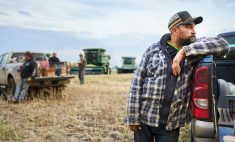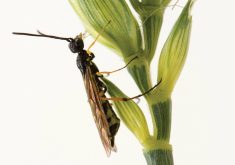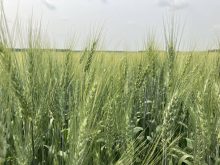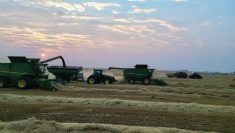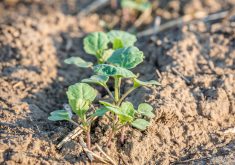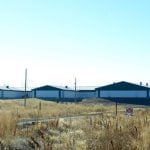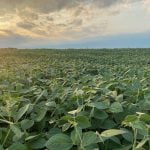One of the major contributors to farm accidents is stress. And so, we at AgSafe Alberta are worried right now. Not only has this been an unusually stressful year for farmers, we are also now heading into one of the busiest and intense periods for grain farms — harvest.
Why it matters: Harvest is an especially risky time, as many farmers push themselves during these months to get everything finished. Harvest fatigue is a real thing, and it makes farmers especially vulnerable to farm injuries.
Read Also

Gentle treatments for pain in the neck
Heading toward year-end, people unknowingly tense up against the cold and busyness, causing neck pain that can often be treated with appropriate support and gentle mobility, athletic therapist Kathlyn Hossack says.
It is human nature to operate under the guise that “it will never happen to me.” However, statistics show that it very well could.
In 2019, there were 20,405 injuries on farms in Alberta alone. Considering that according to the 2016 census there were 40,638 farms in Alberta, that number is pretty concerning.
We also know, according to 2018 data from the Government of Alberta, the top two causes of injuries in agriculture are falls and accidents involving people getting struck by machinery and equipment — two risks that are especially prevalent during harvest.
In light of this we wanted to remind farmers of a few things.
First of all, it can happen to you. Or your family or neighbour. And harvest is an especially risky time, as many farmers push themselves during these months to get everything finished. Harvest fatigue is a real thing, and it makes us especially vulnerable.
Considering this, start by talking about safety. Be aware of it. Consider it a real operational threat to your farm — and your family — because it poses the same level of risks and potential losses as factors like weather and market access issues.
Second, the best plan of action is to avoid accidents altogether. You can do this by having a farm safety plan in place at all times. Update your plan every year, at the least. Every season, ideally.
Your plan should take into account all the potential risks on your farm and ensure you and all your staff know what to do if they occur.
Does this sound like a big task? It is.
Luckily, we at AgSafe Alberta are uniquely positioned to help you with this. We have many resources available on our website to get you started and walk you through the entire process. We also have experts on call to guide you as needed.
Finally, a reminder for farmers in the event of the worst-case scenario. If there is a safety incident on your farm, ensure you know how to respond. Those first couple of seconds and minutes after an incident occurs can be critical.
First thing — for emergencies, always call 911 immediately. For other incidences, or after emergency services have been contacted, call our hotline for incident assistance (1-833-9AGSAFE — put this number into your phone now). This is a free and confidential service for farmers, and it is available to you 24-7.
Our AgSafe representatives can help you with any and all of your safety questions and help you determine whether your farm incident requires an Occupational Health and Safety (OHS) response. If it does, we can walk you through stop work/use orders or demands issued by OHS. We can also provide you with information on applicable reporting requirements and return-to-work programs for injured workers.
Basically, if you have any safety-related questions or concerns, we are here to help. Put that number in your phone now.
Farm safety is one of the greatest risks for farmers and ranchers these days. Treat it like any other risk and have a plan in place.
COVID-19 considerations
This year, we have an additional layer of safety requirements to think about during harvest. There are a number of health and safety procedures we recommend everyone follow to ensure we are all doing our part to prevent the spread of COVID-19 in the workplace.
Specifically, for your farm, these include cleaning and disinfecting all surfaces that would be touched by staff, all farm equipment, and all commonly touched surfaces in the workspace. It’s also advised to remind staff to wash/disinfect hands regularly, stay two metres apart and wear a mask if possible. Finally, you are required to screen all employees and contractors at the start of each shift for COVID symptoms. For sample screening/self-assessment forms and more information on COVID considerations and best practices for your farm, visit agsafeab.ca.




